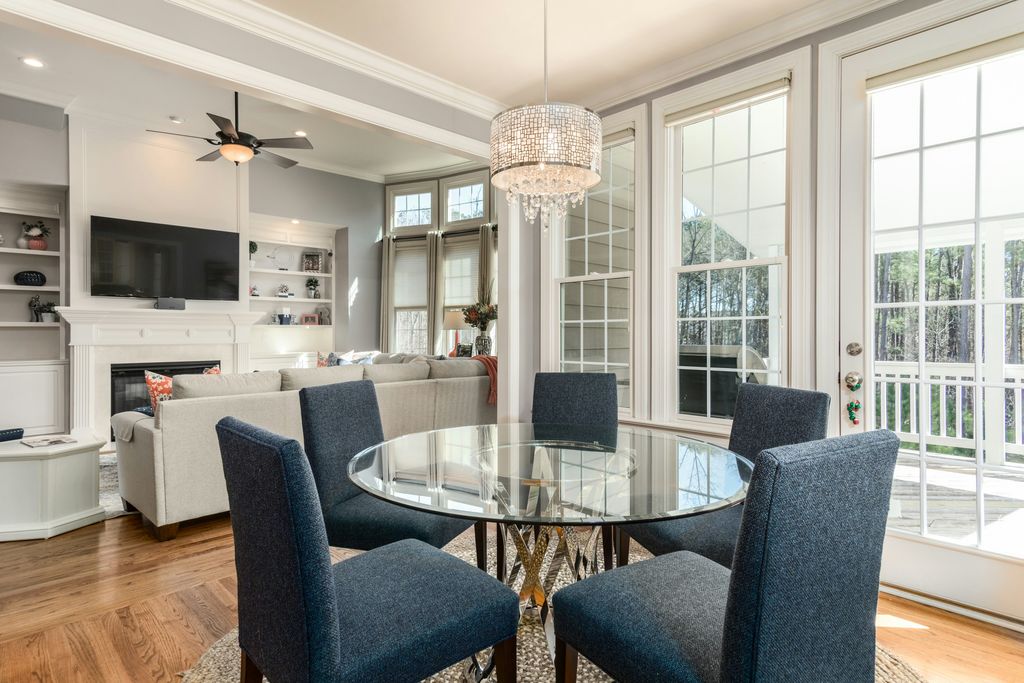A new report estimates that if proposed tariffs on Mexico and Canada go into effect, they could add 4-6% to the cost of building a home. This development has raised concerns among homebuilders, buyers, and industry experts, particularly at a time when housing affordability is already a major issue.
The Cost of Construction on the Rise
Even without these new tariffs, construction costs are on an upward trend. According to CoreLogic, after accounting for annual inflation, the overall cost of building materials could rise by 10% over the next 12 months. The analysis does not yet factor in the additional 25% tariffs on imported steel and aluminum announced on February 10, which would further drive up expenses.
Beyond raw materials, the price of household fixtures—such as appliances and cabinetry—could also see a 10-20% increase, CoreLogic reports. The concern is that rising costs could lead to fewer homes being built, exacerbating the existing supply shortage and further straining affordability.
The Impact on Housing Supply
“The economics are now upside down. Even incremental increases in the cost of materials, labor, and equipment make it that much more difficult to build a home profitably” said Pete Carroll, CoreLogic’s EVP of public policy and industry relations. “This further disrupts efforts to close the critical gap in U.S. housing supply.”
With housing inventory already low, affordability remains a pressing concern. Carroll emphasized the need to fill the gap in the market for single-family starter homes, which are becoming increasingly scarce.

Cost-Cutting Strategies for Builders
If the tariffs are implemented and remain in place, builders will need to find ways to offset these increased costs. Robert Dietz, chief economist at the National Association of Home Builders (NAHB), stressed the importance of regulatory reform to reduce the cost of land development, home construction, and remodeling.
“This is why regulatory reform that reduces the cost of land development, home construction, and remodeling is now even more critical for improving housing attainability” Dietz stated in an NAHB blog post. The NAHB has outlined a 10-point plan to address housing affordability, released earlier this year.
Dietz also pointed out that current policies present both risks and opportunities for homebuilders. “This dual set of risks has been reflected in financial markets, with stocks valuing the focus on growth and efficiency but the bond market reflecting inflation and budget deficit concerns” he said.
The Role of Domestic Materials
One potential response to higher import costs is for builders to shift toward U.S.-made materials. However, this could create its own challenges. Increased demand for domestic materials may cause supply chain bottlenecks, leading to short-term price spikes—similar to what was seen during the pandemic.
“It’s still early, but we are seeing signs that price surges could appear in the current dynamic environment” said Jay Thies, CoreLogic’s VP of pricing analysis and delivery. Reconstruction efforts, such as those following the recent Los Angeles wildfires, could also drive up prices temporarily.
Not all materials will be equally affected, though. According to CoreLogic’s report, many roofing products are already produced in the U.S. Additionally, if the new administration boosts domestic oil production, the cost of raw goods for roofing materials may stabilize or even decline.

New tarifs make you think about home buying
What This Means for Homebuyers and the Market
For homebuyers, the potential rise in construction costs could mean higher prices for new homes, fewer options, and prolonged affordability challenges. For homebuilders, finding ways to manage expenses while maintaining profitability will be key to keeping the housing market moving forward.
If you’re considering buying a home in the near future, now could be the ideal time before prices rise. If interest rates drop, more buyers will enter the market, driving prices up. By purchasing now, you lock in today’s home prices, and if rates decrease later, you can refinance to take advantage of the lower rate—giving you the best of both worlds. It’s a smart move with a win-win outcome!
Please don’t hesitate to contact me if you have any questions about buying a property in and around Mesa AZ. I’d love to help you.
By Lorraine Ryall, Associate Broker, CDPE, CSSN, CNE
KOR Properties

